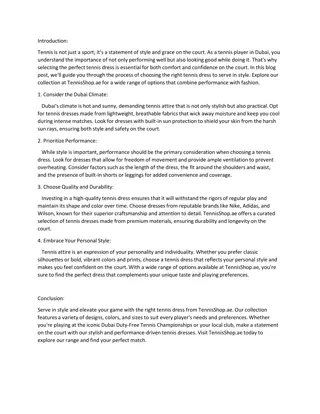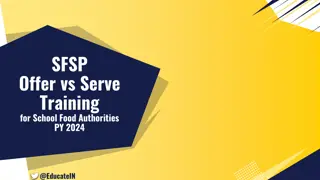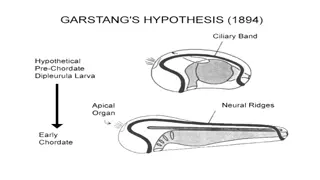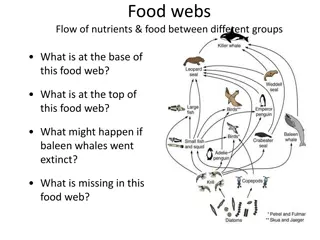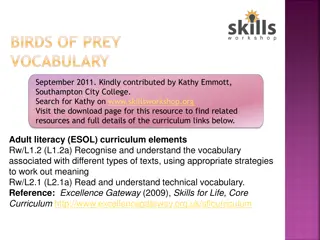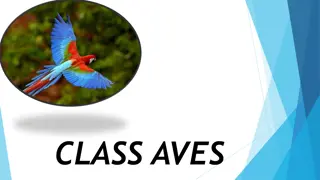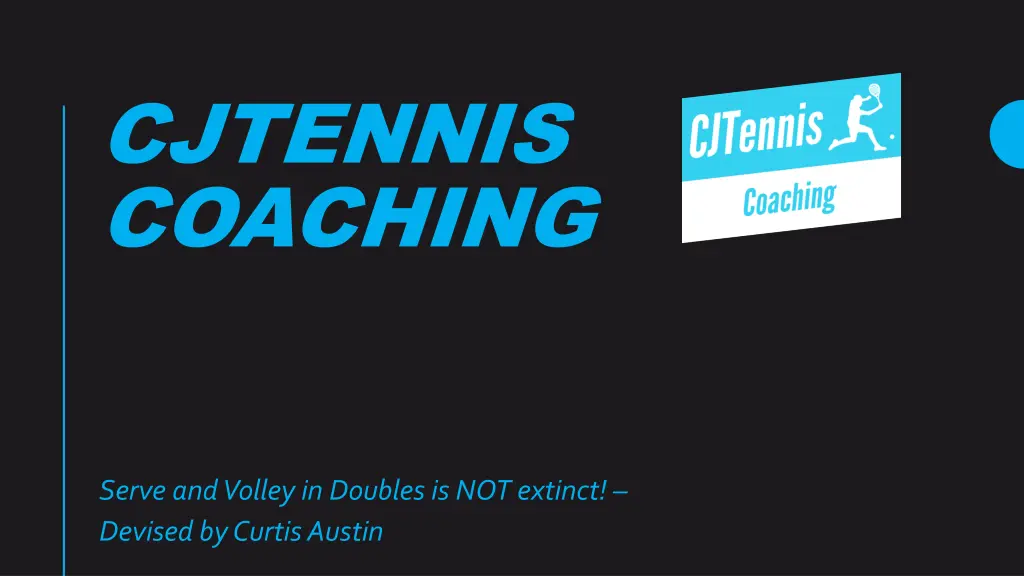
Master the Serve and Volley Tactics for Doubles Success
Learn about the serve and volley strategy in doubles tennis, including its evolution, execution tips, and why it's less common today. Discover how to improve your serves, half volleys, and volleys to dominate the net and win points efficiently.
Download Presentation

Please find below an Image/Link to download the presentation.
The content on the website is provided AS IS for your information and personal use only. It may not be sold, licensed, or shared on other websites without obtaining consent from the author. If you encounter any issues during the download, it is possible that the publisher has removed the file from their server.
You are allowed to download the files provided on this website for personal or commercial use, subject to the condition that they are used lawfully. All files are the property of their respective owners.
The content on the website is provided AS IS for your information and personal use only. It may not be sold, licensed, or shared on other websites without obtaining consent from the author.
E N D
Presentation Transcript
CJTENNIS COACHING Serve and Volley in Doubles is NOT extinct! Devised by Curtis Austin
What to Expect from this Resource. Understand what serve and volley (S&V) is, and why it isn t the same as what it used to be. Know how to serve when using this tactic. Tips on the following shots including the half volley transition shot, as well as some net play. Key Solid Arrow Player Movement Broken Arrow Ball Path
What is Serve and Volley? Just as it sounds, it is a tactic where the serving player follows the serve into the net as quickly as possible, with the aim of playing a volley as the next shot. Most points in doubles are the won by the team that claims the net first, so it is the fastest way of getting into this winning position.
Why is Serve and Volley Rare in the Modern Game? S&V was a primary tactic back in the day, now it is seen very infrequently, even on the fastest surfaces. There are a few reasons for this decline; The courts have become slower, even at grass court tournaments, giving the returner more time to set up for a passing shot. Racket technology has improved significantly, meaning players hit much harder. Despite serving with continental grip, players are more comfortable staying at the baseline using more extreme grips.
Lets Start with the Serve R R RP RP A slower serve with spin is the key, this gives you enough time to close in on the net. Aim at your opponents weakness, at a club level this is usually the backhand. My recommendation would be slice serve down the T from the deuce court, and kick serve wide from the ad court. (See Diagrams) SP SP However if you are a tournament level player, and are comfortable playing half volley transition shots from the service line, then use a variety of serves. This includes different speeds, spins, and body serves are a great option. S S
R The Dreaded Half Volley RP Half volleys are one of the most common transition shots used after the serve. The key is to hit the half volley with low net clearance, good depth towards the baseline, and crosscourt (XC). This is SP achieved by taking a short swing, and having the racket face very slightly open. S This makes it hard for RP to intercept, and pushes R back behind the baseline, forcing a more defensive shot. If the racket face is too open the ball will pop up giving the opponents an opportunity to attack.
R Now for the Volley RP If the first steps are done well, congratulations, you have successfully claimed the net! The next shot should be a finishing volley, to have the best S chance of a positive outcome, hit the ball when it is above SP the line of the net. Keep it simple and aim to have a short swing, always keeping the racket out in front. As you can see from the diagram, XC volleys are most effective. If you let the ball drop below the line of the net, either hope you have an amazing touch for a drop volley, or you will pop the ball up, allowing the opponents to attack.
THANKS FOR READING, CJTENNIS COACHING WWW.CJTENNISCOACHING.CA


